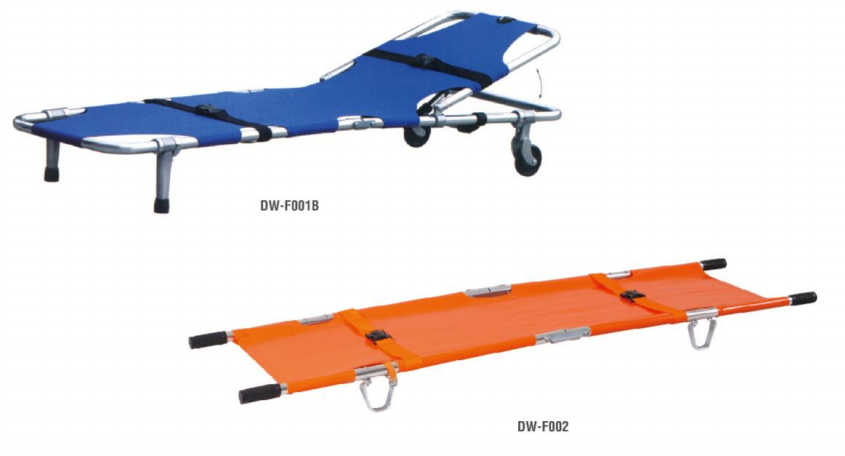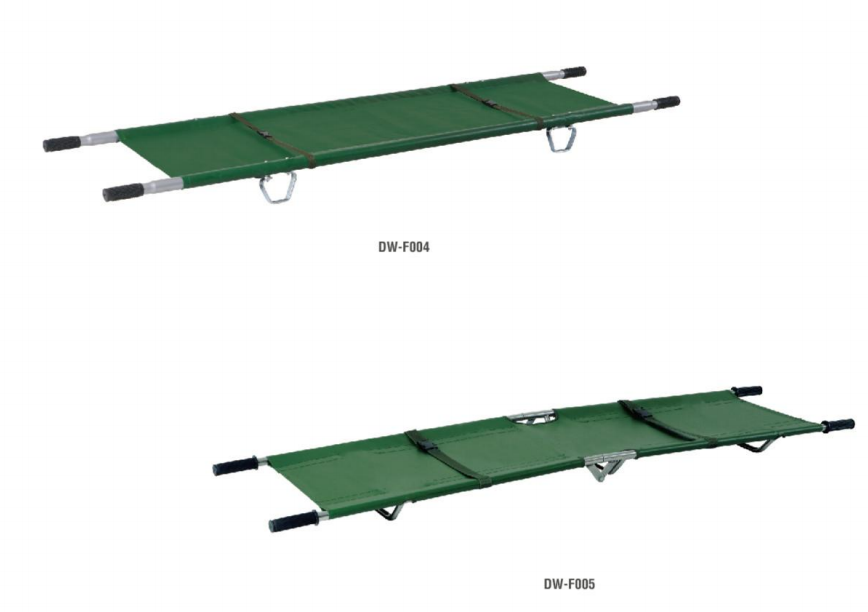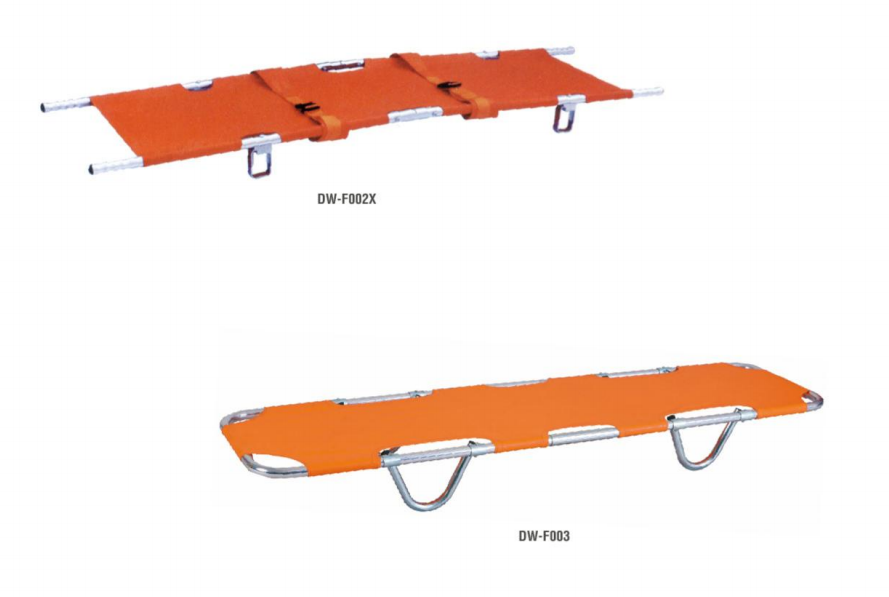When an athlete goes down, a sporty stretcher can be the first step in moving them safely. These stretchers are built to shrug off mud and sweat while still being tough enough to meet a quick-response medics standard.
A good sports stretcher has to roll easily over whatever is under its wheels. All-terrain treads and thick, puncture-proof tires let it slide across grass, gravel, or a rain-soaked field without getting stuck. Because some venues are half a mile from the nearest road, manufacturers keep the frame light by using aluminum or high-grade carbon fiber tubing that one person can carry by themselves.
Injury-first design matters as much as mobility. Many models slip in a removable backboard that locks the spine in place, and adjustable supports hug injured arms or legs so they dont flop around. Padded cradles hold the neck steady, which is vital if the injury happened during a collision or a fall. Medics also appreciate quick-release buckles, foldable profiles that fit narrow aisles, and bright color markings that say, This side up, even at midnight.
Manufacturers often lean on aircraft-grade aluminum or tough composite blends because both materials handle a 400-pound load while staying feather-light. The exterior fabric is usually a waterproof, tear-proof nylon that brushes blood or dirt away in seconds and sometimes gets an antimicrobial treatment on top. Stainless steel clips and bolts finish the job, fighting rust whether they end up on a beach tournament field or locked inside a humid gym all season.
Every sideline tells a story, and so do the stretchers that sit on it. A good team-sport stretcher leaves room for shoulder pads and hits corners without snagging. When rescuers climb a ridge, old-school Stokes baskets keep the frame open so rocks slide out and a sled clips on for the snow. Youth leagues, meanwhile, want soft padding, a length that shrinks with the player, and a featherweight feel so a lone coach can lift it.
Modern stretchers, smart enough to hook straight into an EMS chain, lineup with ALS gear without a fuss. Coach and medic can clip on modular pouches, drop in a tablet or clipboard, and jot notes while the board sits just inches below. Every compartment, from pocket to rail, is one more spot to save a second.
Rigorous standards like ASTM F1464 or EN 1385 don-t just sit in a manual; they get beaten up in test bays every season. A stretcher that passes these hurdles becomes more than wood and straps-it turns into a buffer against further harm and a mobile treatment table once bikes and big-bellied bags clear the field. By the time an athlete boards the ambulance, the stretcher has already done half the work.


